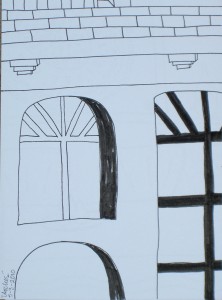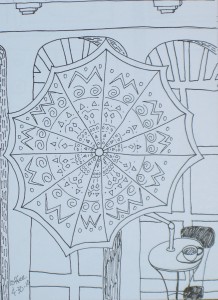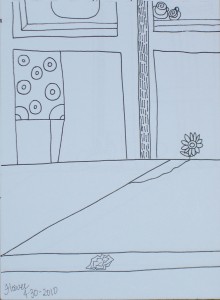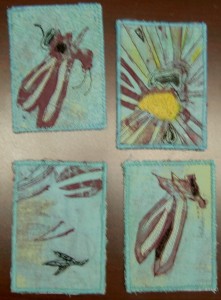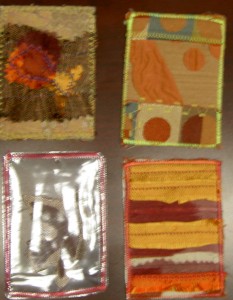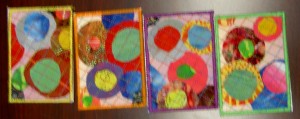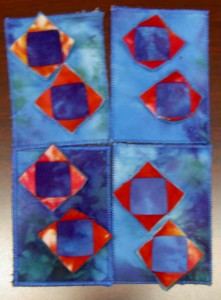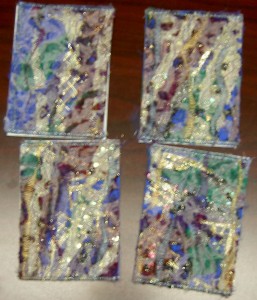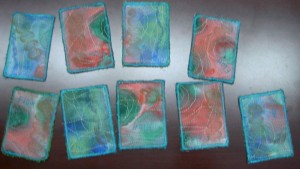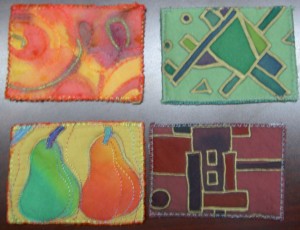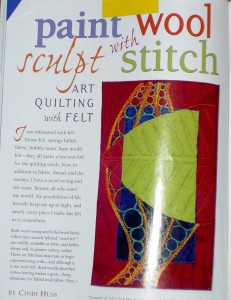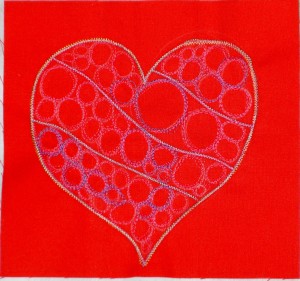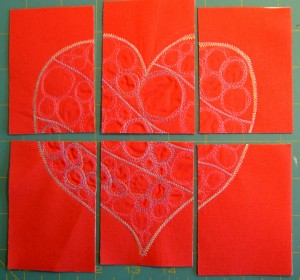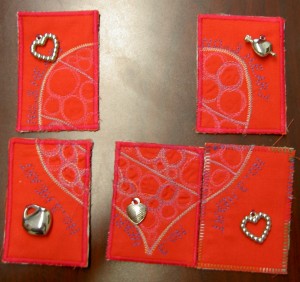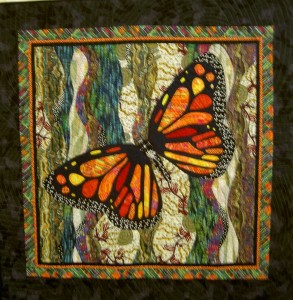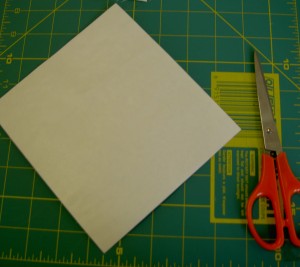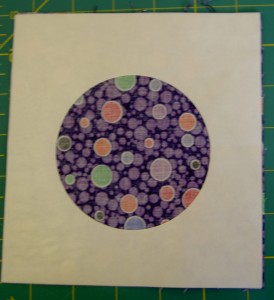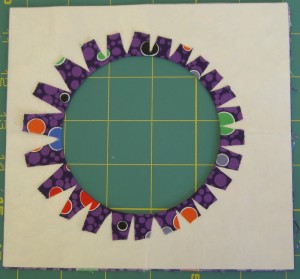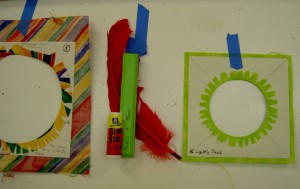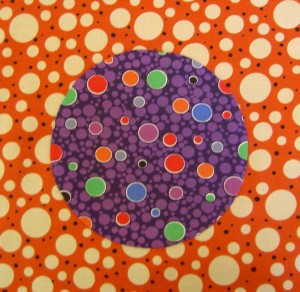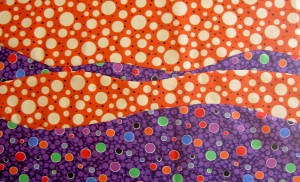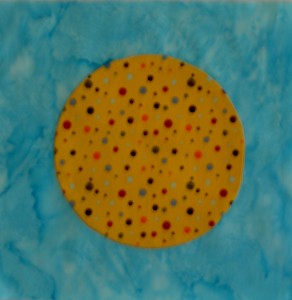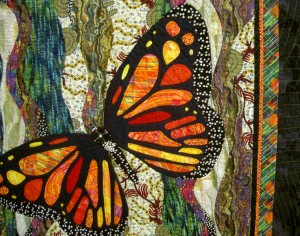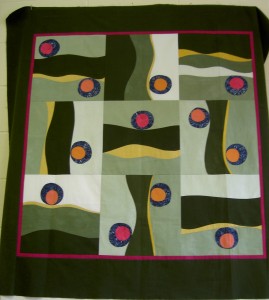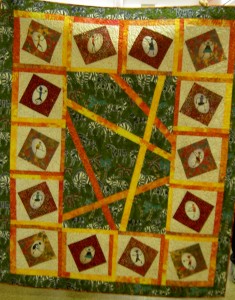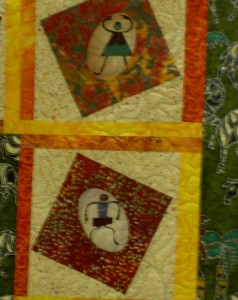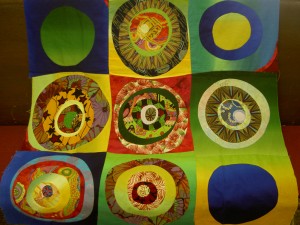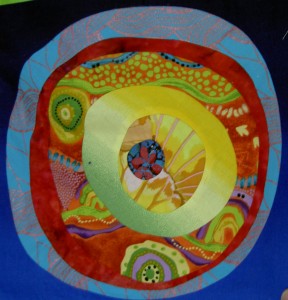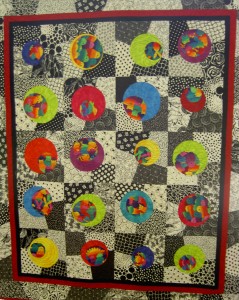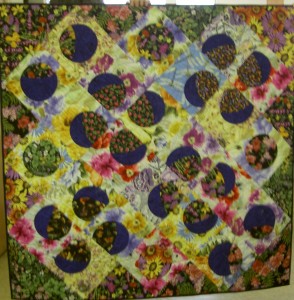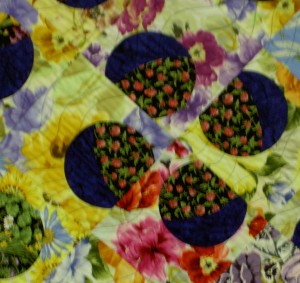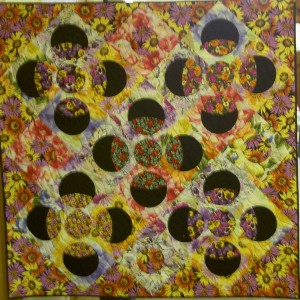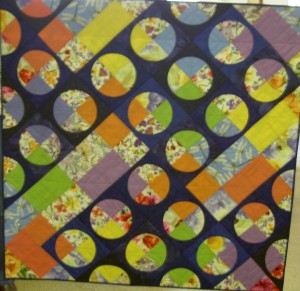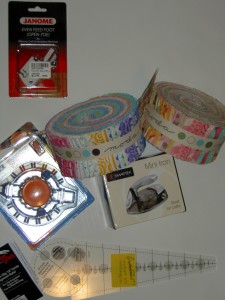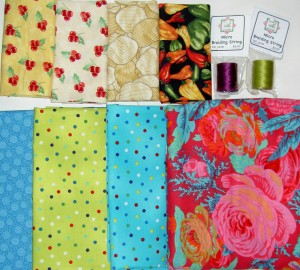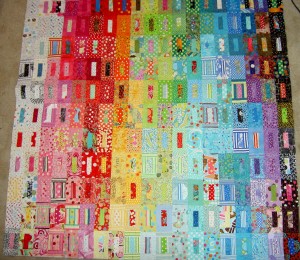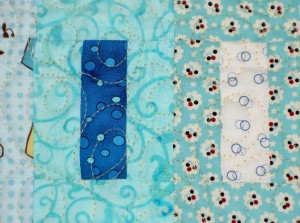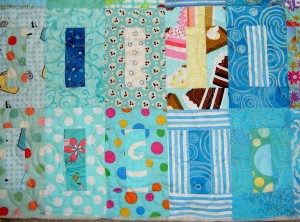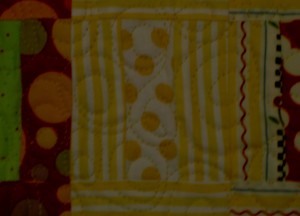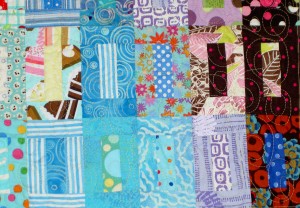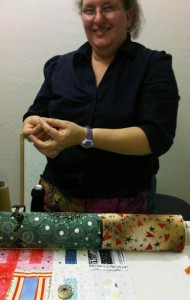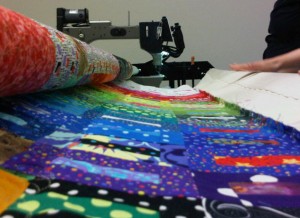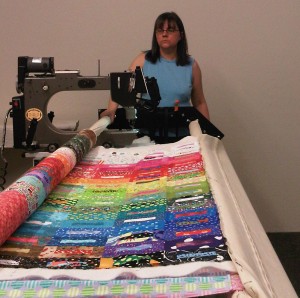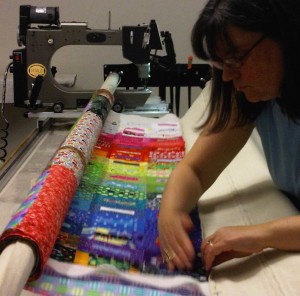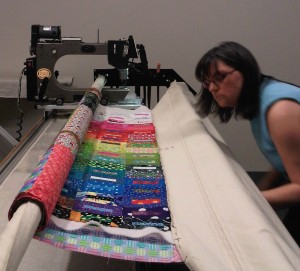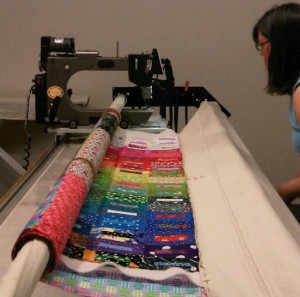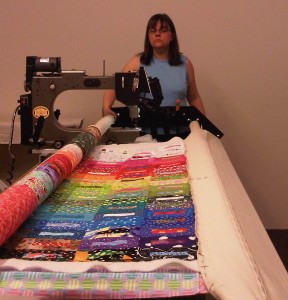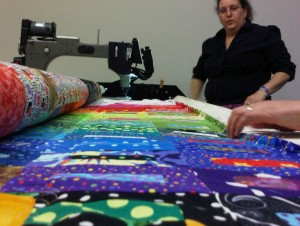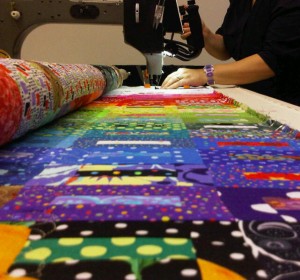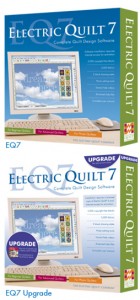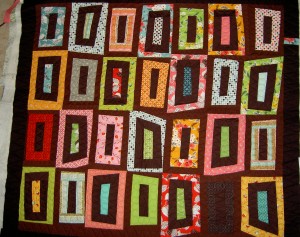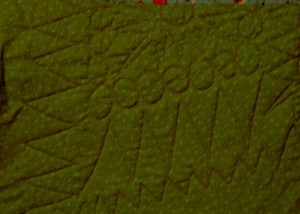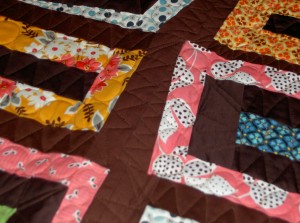 Journal Spilling: Mixed-Media Techniques for Free Expression by Trout. Diana
Journal Spilling: Mixed-Media Techniques for Free Expression by Trout. Diana
My rating: 4 of 5 stars
Art journaling is a technique (tool??) that I have struggled with for a while. Part of the problem for me is the mess. I thought I didn’t like to make messes. What I found was that I don’t like to make messes that I have to clean up! The Purpose Journal showed me that under the right circumstances, I can really use this technique in a creative and satisfying way.
Journal Spilling by Diana Trout is a really encouraging and pleasant book to read. I read it, and thought about what was in it, but didn’t try any of the projects that are integrated into the various chapters.
The first thing that I liked was in the Welcome message.”Welcome” is much friendlier than “preface” or “introduction.” In her Welcome, Diana states that you don’t need to be an artist to be an artmaker. I have long refused to label myself an artist – for better or for worse. Like Wayne Thiebaud, I have decided to let history decide my artistic fate and concentrate on making. If history ignores me, so be it. Thus, Trout’s comment really hit home and make me feel like my decision was fine.
The author also has a sense of humor, which is infused throughout the book. On page 9, she says “…I once did a ‘highly scientific’ experiment to check the lightfastness of Portfolios alongside Caran d’Ache. They both held up remarkably well when exposed to sunlight for six months!” I love the idea of this ‘experiment’. It really made me smile.
Ms. Trout writes about things I have never heard described this way and find very useful. In her section, Stretch & Spill, she discusses ‘micromovements.’ About them she says “micromovements refers to a system of breaking down a large job into tiny parts. This is a great concept that addresses the biggest obstacle between you and your journal: Fear. It also helped me greatly with time issues. If you break down a job (or hope or dream), step by step it seems less scary and overwhelming.” I didn’t realize until I read this that I had been doing this with the Purpose Journal. Since I been, yet, able to face making a mess, I have been breaking down the steps, before I have to make the mess, into manageable bites that fit into my schedule and my comfort zone.
The book’s title, Journal Spilling, seemed a little confusing to me until I read the section on the generosity and hospitality of pouring sake. By creating that analogy, Diana gave me a picture in my mind with which to understand as I read the book.
Throughout the book, the author talks about continuously moving. At one point she refers to it as aerobics for creativity. Isn’t that a great mind image? The idea is to not think too much and keep moving creatively; to keep your hand moving. Some examples Ms. Trout gives are to draw boxes (good for writing in later!), circles, little houses and flowers. She also gives some advice on what to say to your mind if it starts to interrupt (which mine does all the time!!) : “…quietly tell it you are busy right now.” (pg.76). This was another thing that really made me smile.
I think that most people who make interesting objects have an inner critic. A very revealing and interesting section was about her inner critic. She names him, tells us how he looks and sounds. I thought this was a great technique, because things that you name are much less scary than the things which are unknown. In this section, Diana reminds the reader “My art does not have to be BIG ART.” This is wonderful. In a way I feel like I have been doing this with all of the sewn accessories I have been making: journal covers, pencil rolls, tote bags. They are mind sorbet, in a way, but they are also, for ME, small art. For me, small art is valuable as well. She follows that up by saying “I pick up my brushes and pens in the odd spaces of time that occur in the life, gently coaxing the art out into the light.” I think this could be used as an excuse to move on to a different project, creating another UFO, but for me it means sometimes things have to simmer a bit and by working often, the simmering happens a bit faster.
Ms. Trout uses the various sections to convey techniques through her various projects. At the same time, she drops little pearls of wisdom in various text of each section. The Secrets & Wishes section is, somewhat, about getting things out without revealing too much. In the introduction, she writes “Respect the power of the words you write and believe that writing them will fix them into your mind and, maybe, with some attention, some of your dreams will become a reality.” This makes me think that I should write down some of the things that I dream about. Perhaps the power of the word, which is so important to me, can help me identify my goals and make them a reality.
Lately, in general, creativity books are more interesting to look at. The days of plain white pages with text and a few photos seem to be gone. I have seen a lot of well designed, well laid out and visually appealing books of late. This book is not an exception. Not only are the photos appealing, the step outs clear, but the page layouts fit the theme of the book. It looks like we are looking at Trouts journal. There are watercolor strokes, bits of masking tape, scribbles, and doodles interspersed with the regular book information.
As I said above, the messes stop me from working in this technique. When Diana says (pg. 55) “write into the wet gesso” I stop cold. I have to say that working at a Work of Heart helped with this feeling. I just have not, yet, been able to translate to working at home.
I found this work to be really inspirational. As I read, I found myself inspired to create a quilt design or add something to my Purpose Journal. In the Personal Landscape section, the author suggests the reader go for a walk and think about the area in which s/he lives. She follows this suggestion up with an exercise to create a collage about your thoughts and feelings. I read this section and immediately thought of the Women’s Work quilt. Reading the words made me imagine the next in the series, more of cityscape buildings, still using Gwen Marston‘s style.
In the same section, but also mentioned throughout the book, Trout talks about writing – spill writing – in her journal and then covering some of it up with her collage style. This appears to be something that she does frequently. I am not sure I want my words covered up. I may not want people to read them, but I feel like I might want to read them later. I can’t read them if I cover them up. This was also confusing, because of the power of words section she discusses in the Secrets & Wishes section.
The Drawing Games Section has perfect exercises for the CPP! She suggests exercise really clearly that would work for quick drawings of the words I suggest each week. For regular contributors, it might be a way to vary what you are doing or to break out of a rut. One exercise is to draw a “curved line from one of the paper to the other, three times. She, then, asks you to observe the shapes and take some further steps, which she outlines in the book.
Who Am I? Is the question that slammed into my head when I was partway through the Lifeline section. This section has discussions of writing your autobiography in a way that she found, she was able to handle. This feeling blew me away and I’ll have to consider a bit.
There are lots of things to try in this book: paper dolls, using book covers to make a journal, making glitter glue, using white out as an art supply, cutting rubber stamps, using regular household items to make marks, book making, and many other exercises and techniques. She also tells you how to make a traveling kit. In the end of the book are sections with various resources, such as quotes, supplies and materials inspiration and techniques.
I am planning on putting this book on my wish list.
View all my reviews, including my non quilt and creativity reviews
